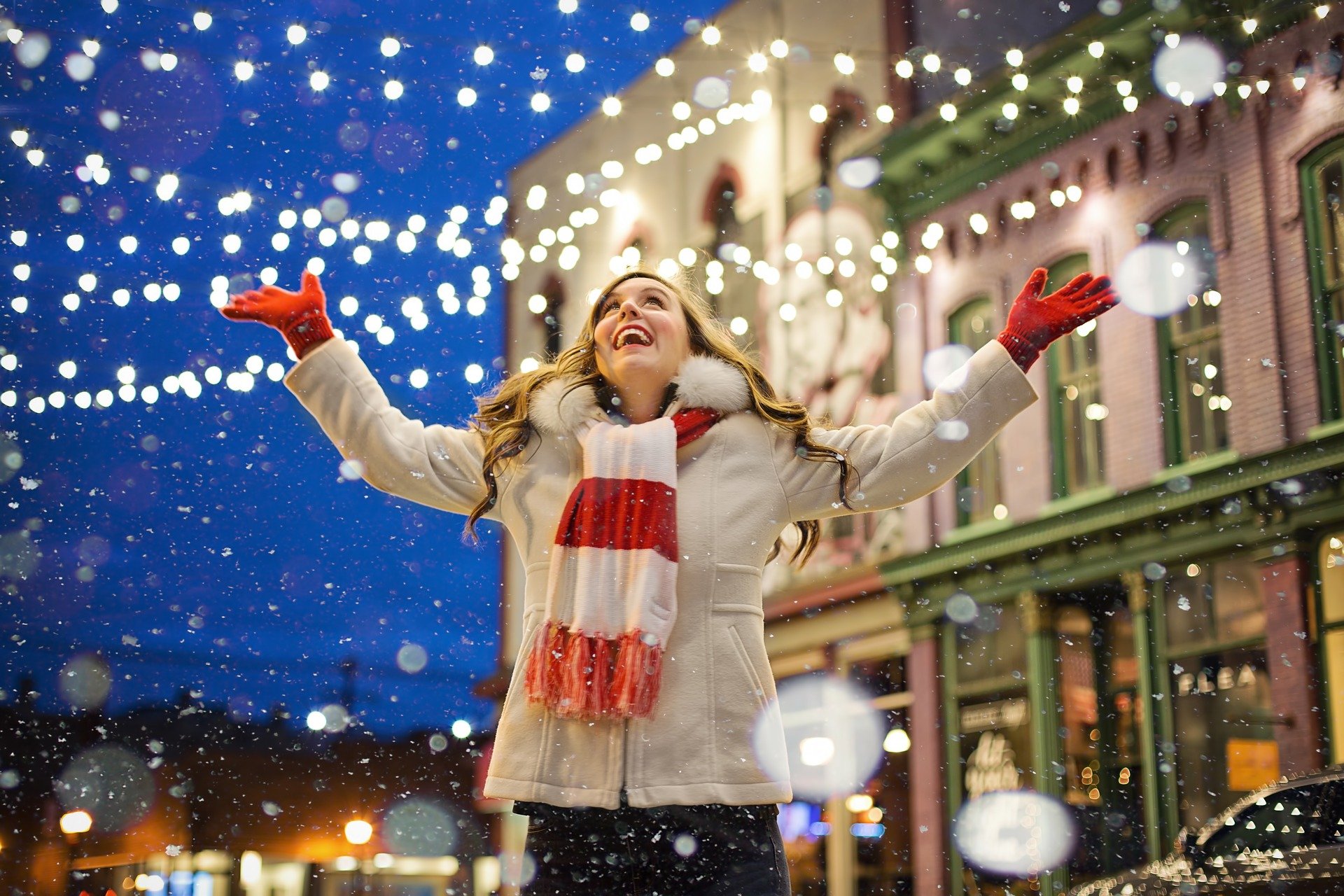In America, the traditions around the Holidays for most families are putting up a big tree full of lights, dressing up in red and going to visit Santa at the mall. But what about the other countries around the world? Does Japan hang stockings above the fireplace? Do Russians believe Rudolph the Red-nosed Reindeer leads the head of Santa’s sleigh?
Baker Creative is in the holiday spirit this year and since we are adding multicultural services to our agency, we wanted to do a little research and this is what we found.
Brazil:
Instead of Santa Clause delivering the gifts on Christmas, Brazilians have Papai Noel (Father Noel). According to their legend, Papai Noel brings the gifts in silk clothing due to the hot summer. Papai Noel also holds his residence in Greenland. Fireworks go off at night and there is a huge Christmas tree of lights that can be seen from San Paolo to Rio de Janeiro.
Spain:
The Magi, or the three Kings, are particularly revered in Spain. Children put out their shoes to receive their gifts. They leave carrots, straw and barley for the horses of the Wise Men. It is believed in some areas that Balthazar rides a donkey and is the one who leaves the main presents. On December 8th, there is a big celebration called the Feast of the Immaculate Conception and it is for the Virgin Mary. The elaborate dance that is performed by ten costumed boys is said to be moving and beautiful.
France:
In France, children believe in Père Noël, who delivers gifts with his disciplinarian partner Père Fouettard. The job of Père Fouettard is to remind Père Noël how every child has behaved that year. In some parts of France, children get a visit on St. Nicholas Eve and then again on Christmas by Père Noël. Most adults will generally wait for New Year’s Day to exchange gifts.
Japan:
Surprisingly Japan has adopted many of the Christmas traditions of America. They decorate, exchange gifts, and the story of Jesus being born fascinates them, especially the little children. Jesus is said the have been laid in a cradle and in Japan, the babies never sleep in cradles so they become fond of the baby Jesus. Hoteiosho is their version of Santa Claus and carries a huge pack of presents. The only difference is Hoteiosho is said to have eyes in the back of his head so that the children know he can see everything.
Russia:
In Russia, the figure Babushka is known to give the children their gifts. The story is that when the Christ child was born, Babushka failed to give shelter and food to the three wise men that were traveling to see the baby. So tradition goes, the Babushka still roams the land to find the Christ baby and visits every home to give gifts to the children. The Christmas Eve dinner is also prepared with no meat and the most important dish is a special porridge called kutya, which gives good blessings to each family.
Sweden:
Lucia is the Swedish figure for Christmas and is celebrated by a feast held on December 13th. Lucia was known for carrying food to Christians that hid in dark, underground tunnels because Christians were persecuted in the early days. She wore a wreath lit with candles on her head so she was able to see her way. Eventually, Lucia was arrested and martyred. To celebrate her life, on the day of her feast the eldest daughter in each family wears a white dress, red sash and wreath on her head lit with seven candles. She then delivers coffee and buns to each family member to thank Lucia for bringing hope to their dark days.
No matter what country or ethnic group you come from, spending time with the ones you love is most important.
Have a Happy Holiday, Feliz Natal e Próspero Ano Novo (Brazil), Feliz Navidad (Spain), Joyeux Noël! (France), Meri Kurisumasu! (Japan), Счастливых праздников, (Russia) and God Jul! (Sweden)
From Baker Creative.



